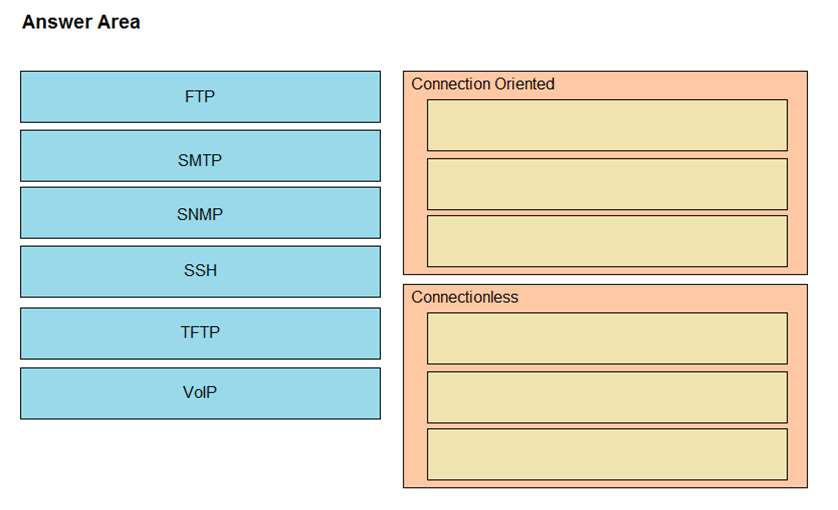Which two actions are performed by the Weighted Random Early Detection mechanism? (Choose two.)
A. It supports protocol discovery.
B. It guarantees the delivery of high-priority packets.
C. It can identify different flows with a high level of granularity.
D. It can mitigate congestion by preventing the queue from filling up.
E. It drops lower-priority packets before it drops higher-priority packets.
A. It supports protocol discovery.
B. It guarantees the delivery of high-priority packets.
C. It can identify different flows with a high level of granularity.
D. It can mitigate congestion by preventing the queue from filling up.
E. It drops lower-priority packets before it drops higher-priority packets.

